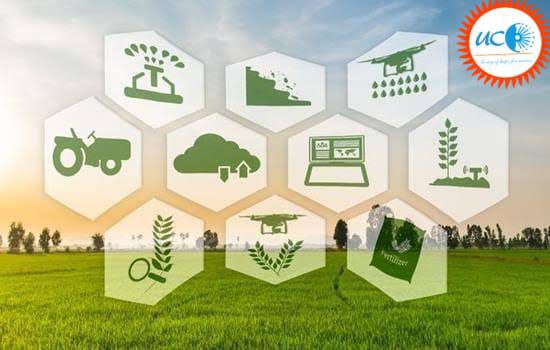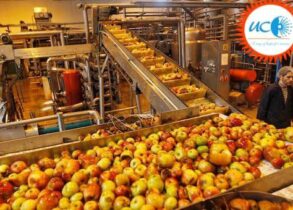Digital technologies can transform agriculture into an enterprise. Examine and identify various constraints in application of ICT in the agricultural sector
Approach:
- Introduce the answer with the need to turn agriculture into a profitable enterprise. Briefly describe the importance of digital technologies in agriculture. In the body, list ways in which digital
- technologies can turn agriculture into enterprise. Next mention issues in deploying ICT in agriculture.
- Conclude by mentioning the need for solutions based on convergence between stakeholders.
Poor farm incomes in India require efforts to make farming a profitable enterprise. Digital technologies are emerging as one of the ways to overcome the constraints and increase efficiencies in the agriculture sector.
Digital technologies can transform agriculture into enterprise in the following ways:
- Marketing: Digitalization can ensure better price discovery, reduce transaction costs and expand market access. E.g., electronic trade through e-NAM, ReMS etc.
- Production:
a) Improved decision for choice of crop due to access to market insights.
b) Improved yields due to inputs based on crop and soil health. E.g., use of soil sensors, etc.
c) ICT-based agricultural extension services bridge distances and remoteness to provide
farmers assistance in modern agricultural practices. E.g., DD Kisan.
3.Risk Management: Early warning system (EWS) for disasters provides actionable and real-time information to prevent crop damage. Drone-surveying allows for better assessment of cropped land, crop-damage etc. for insurance claims, such as under PM-Fasal Bima Yojana.
4.Sustainability:
a) Climate-smart solutions such as use of Geographic Information System (GIS) -based
inputs for soil health assessment.
b) Direct cash transfers to support farm incomes, providing financial sustainability.
Many countries, such as the Netherlands, USA, Australia and Israel, have successfully adopted and exploited digital solutions to revolutionize agriculture.
However, the application of Information and Communication Technology (ICT) in agriculture is faced with the following challenges:
- Due to problems with the digital gap between urban and rural India, technology is not easily accessible. For instance, limited smartphone availability, slow internet, lack of digital literacy, etc.
- Affordability, off-the-shelf solutions, and small farm size are constrained by poverty among farm households and small farm sizes. Due to the sparse data, E.gAI-based sensors intended for vast farms won’t function.
- ICT-based solutions are undermined by inadequate rural infrastructure, including roads, bridges, warehouses, electricity, etc. For instance, e-NAM is not widely used for selling perishables.
- Laws governing agriculture, like the Essential Commodity Act or state APMC Acts, act as deterrents to private sector investment in the field.
Through increased agricultural yields, resource efficiency, improved marketing, and greater sustainability, digital technology-driven innovations in agriculture can turn agriculture into a lucrative business. Pools of digitally skilled farmers must be established in order to support digital agripreneurship. Government programmes like AgriStack can assist in resolving problems with ICT implementation based on convergence of different stakeholders.






